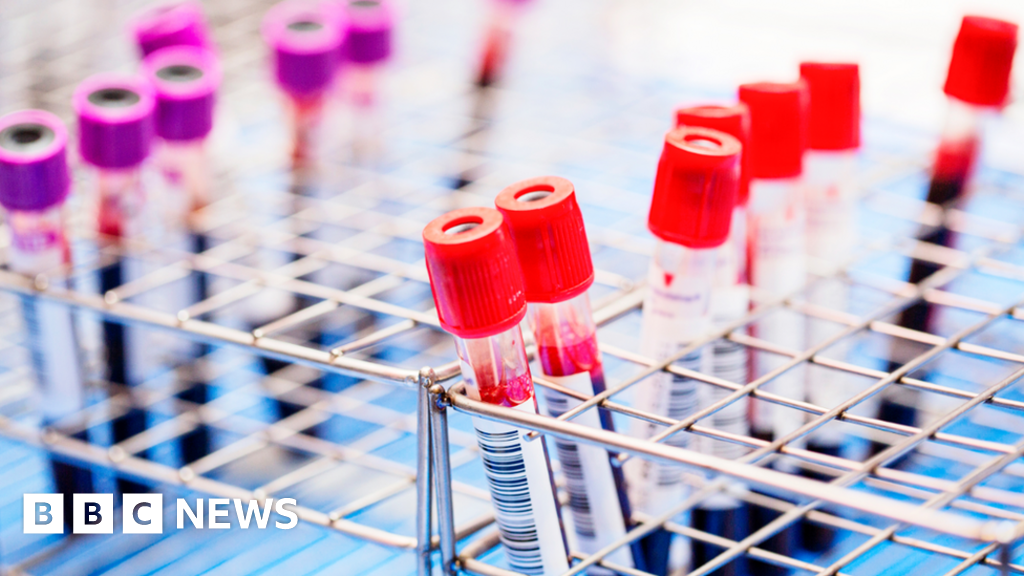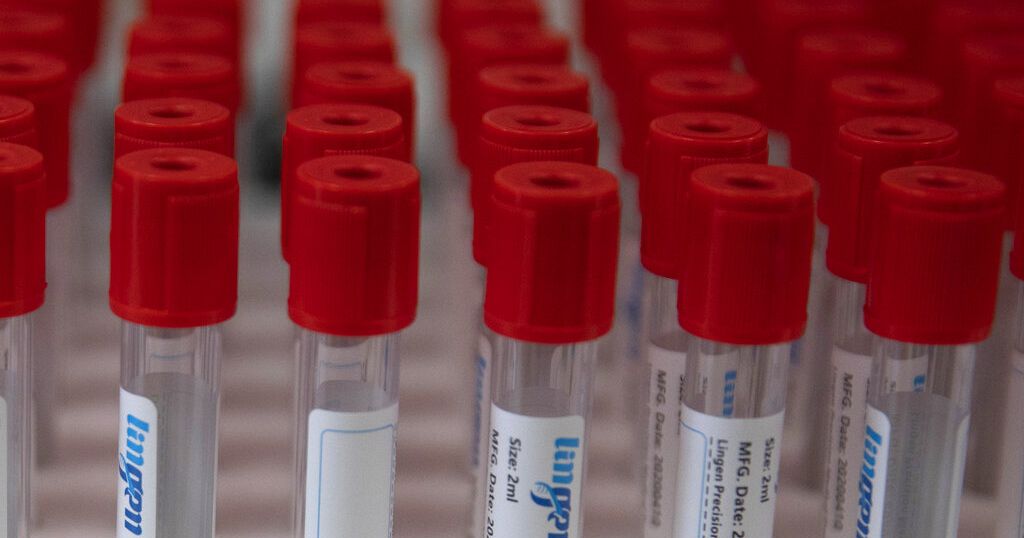Scientists have achieved milestone in the HIV cure. Leveraging the Nobel Prize-winning CRISPR gene-editing technology, researchers have successfully eliminated HIV from infected cells.

Also Read: COVID Vaccine Linked to Heart, Brain and Blood Disorders, Study Shows
The CRISPR-Cas technology likened to molecular scissors, operates at the genetic level, enabling precise alterations to DNA.
By targeting the DNA of the HIV virus within infected cells, scientists have excised the viral genetic material rendering the cells free of the virus.
This represents an advancement in HIV treatment as existing medications can suppress the virus but fall short of complete eradication.
The University of Amsterdam team spearheaded this research, presenting their findings at a medical conference.
While the results are promising, they address that this is a proof of concept and not an immediate cure for HIV.
Further research is imperative to ensure the safety of this approach before it can be translated into clinical practice.
Dr. James Dixon, an expert in stem cell and gene therapy technologies at the University of Nottingham, shows the need for evaluation of the research. He addresses that while the study demonstrates the potential of gene-editing technology.
The challenges associated with HIV treatment are multifaceted. Despite the availability of antiretroviral drugs, HIV can persist in latent reservoirs within the body, posing a lifelong threat to infected individuals.
The ability of the virus to rebound when treatment is halted underlines the need for innovative approaches to achieve a functional cure.
Researchers at Amsterdam UMC have taken an approach to tackle this challenge. By targeting conserved regions of the virus that remain consistent across different HIV strains, they aim to develop a broad-spectrum therapy capable of combating diverse variants.
Also Read: Atlantic Diet: Study Finds It May Shrink Belly Fat and Lower Cholesterol
The journey towards a functional HIV cure is fraught with obstacles. Dr. Jonathan Stoye, a virus expert at the Francis Crick Institute, cautions against the complexity of eliminating HIV from all reservoirs within the body.
Concerns regarding off-target effects and long-term safety implications necessitate thorough investigation before such therapies can be deemed viable for widespread use.
Despite the progress achieved thus far it is essential to temper expectations. While the prospect of an HIV cure is tantalizing, it remains a distant goal requiring concerted efforts from the scientific community.
The next steps in this journey involve optimizing delivery mechanisms to target HIV reservoir cells while minimizing collateral damage to healthy tissue.
Moreover complementary approaches, such as those pioneered by scientists at the University of Pittsburgh School of Medicine, offer additional avenues for combatting HIV.
Identifying drug candidates capable of reversing viral immune evasion mechanisms represents another crucial facet of HIV research.
Dr. Jonathan Stoye, a virus expert at the Francis Crick Institute, acknowledges the potential of CRISPR-based therapies but underlines the formidable obstacles that lie ahead.
Also Read: Ohio Bans Child Transgender Procedures, Overriding Governor’s Veto
Removing HIV from all cells in the body presents an “extremely challenging” task, with concerns regarding off-target effects and long-term safety lingering.
The study’s authors stress the importance of targeting the virus wherever it may be hiding within the body. By focusing on parts of the virus that remain consistent across various HIV strains.
The next steps in this journey involve optimizing delivery routes to target the majority of HIV reservoir cells while ensuring safety for clinical applications.
The goal is to strike the right balance between efficacy and safety, making way for future clinical trials to assess the viability of this revolutionary approach.
In parallel with gene-editing advancements, researchers at the University of Pittsburgh School of Medicine have identified promising drug candidates that could complement existing therapies. These drugs show potential in reversing HIV’s ability to evade detection by the immune system.
The HIV epidemic has claimed the lives of over 40 million people worldwide since its emergence in 1981, according to the World Health Organization.
While progress has been made in reducing mortality rates, with 630,000 deaths recorded in 2022, the fight against HIV is far from over.
Continued innovation are essential in overcoming this global health crisis and realizing the dream of an HIV-free world.
Also Read: WHO Issues Warning Over Measles Cases in Europe
























